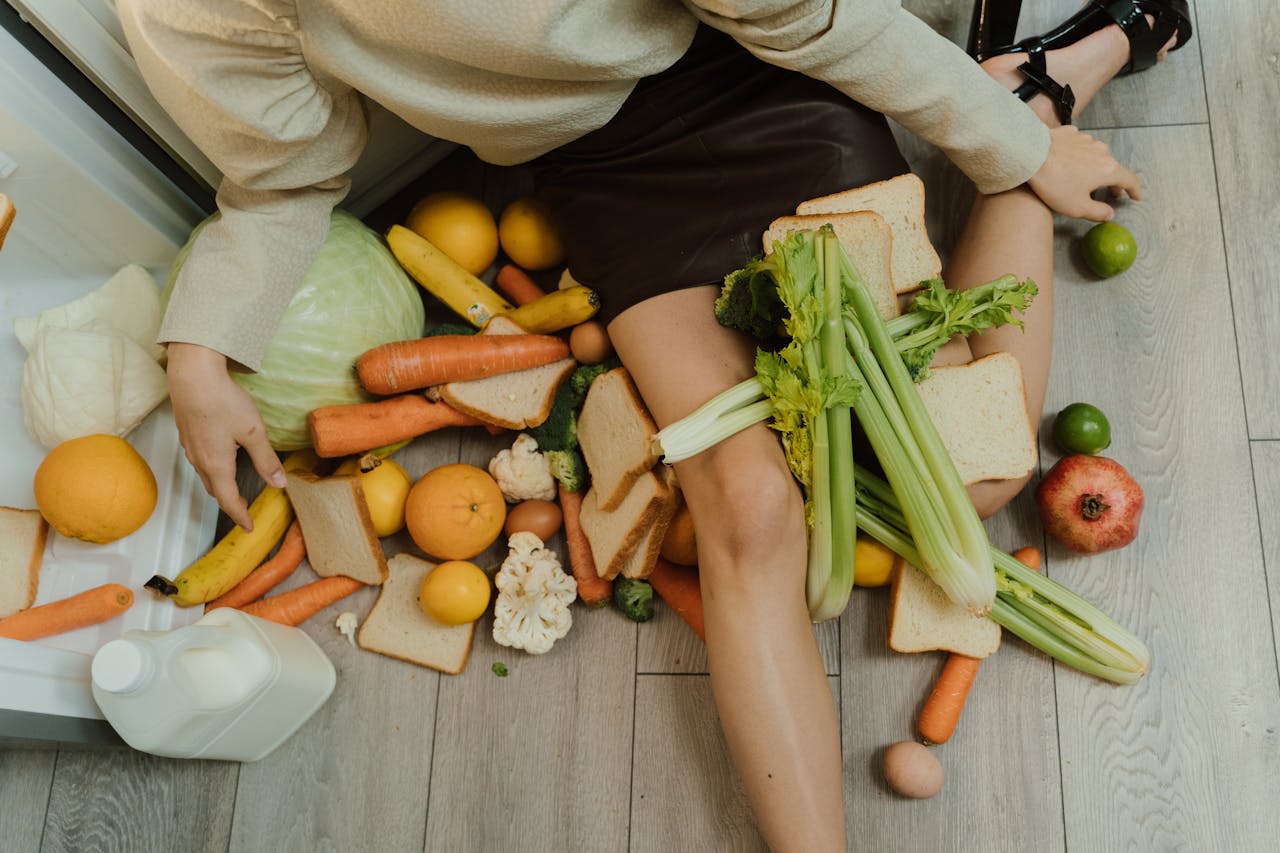
Most people want to reduce waste and save money, but it’s easy to overlook how our daily routines contribute to food waste. Mornings are busy, and many of us move through breakfast and prep without a second thought. Yet, small habits can add up to a surprising amount of wasted food over time. By understanding which morning rituals waste food, you can make simple changes that help both your wallet and the environment. Let’s look at some common missteps and how to avoid them, focusing on practical solutions for anyone who wants to cut down on food waste.
1. Brewing More Coffee Than You Drink
It’s tempting to fill the coffee pot to the brim, especially if you’re not fully awake yet. But brewing more coffee than you’ll actually drink is a classic example of how morning rituals waste food. That leftover coffee often gets poured down the drain, which is not only wasteful but also adds up in cost over time. If you find yourself tossing out coffee daily, try brewing only what you need. A single-serve coffee maker or measuring out portions ahead of time can help reduce this kind of waste. Plus, leftover coffee can be stored in the fridge for iced coffee later or even used in baking recipes.
2. Tossing Out Edible Bread Ends or Crusts
Many people skip the heels or crusts of bread when making toast or sandwiches. These often end up in the trash, even though they’re perfectly good to eat. This morning ritual wastes food that could be repurposed. Bread ends can be turned into homemade croutons, breadcrumbs, or even used in French toast. The key is to save them in a bag in the freezer until you have enough to use. If you have kids who won’t eat crusts, try cutting them into fun shapes or using them in recipes where texture won’t matter as much.
3. Peeling Fruits and Vegetables Unnecessarily
It’s common to peel apples, cucumbers, or carrots before eating or packing them for lunch. While some peels may be tough, most are not only edible but also nutritious. Throwing away these peels is another way morning rituals waste food. Instead, wash produce thoroughly and enjoy the skins, which often contain fiber and vitamins. If you really prefer peeled produce, consider saving the peels to add to smoothies or to make vegetable broth. This small change can help you get more value from your groceries.
4. Overfilling Cereal Bowls or Yogurt Cups
When you’re in a rush, it’s easy to pour more cereal or yogurt than you’ll actually eat. The extra often ends up in the trash, especially if it gets soggy or warm. This is a subtle way morning rituals waste food without you realizing it. To avoid this, start with a smaller portion and add more if you’re still hungry. Measuring servings can help reduce waste, especially for kids who may have eyes bigger than their stomachs. Leftover cereal can sometimes be repurposed in snack mixes, while extra yogurt can be used in smoothies or baking.
5. Ignoring “Best By” Dates on Breakfast Foods
Many people toss out milk, eggs, or yogurt just because the date on the package has passed. The truth is, “best by” dates are often about quality, not safety. Smell and taste tests are usually more reliable indicators. This morning ritual wastes food that’s still perfectly fine to eat. If you’re unsure, look up reputable resources like the USDA’s guide on food product dating for more clarity. By trusting your senses and using foods before they truly spoil, you can cut back on unnecessary waste.
6. Making Too Much Breakfast “Just in Case”
Sometimes we cook extra pancakes, eggs, or oatmeal, thinking someone might want seconds. More often than not, those extras go uneaten and end up in the trash. This is a common way morning rituals waste food, especially in larger households. The fix is to start with modest portions and make more only if needed. Leftovers can also be stored for the next day’s breakfast or turned into new dishes—think breakfast burritos with extra eggs or oatmeal muffins. Planning ahead helps ensure everything gets eaten.
Simple Steps to Reduce Food Waste in the Morning
Changing your morning rituals doesn’t have to be hard. Start by being more mindful about what you prepare and how much you serve. Small adjustments—like measuring portions, using up leftovers, and checking food before tossing it—can have a big impact over time. You might even save money and reduce your environmental footprint along the way.
There are plenty of resources to help you form better habits. For more tips on reducing food waste, check out this practical guide from the EPA. Every little bit helps, and your kitchen is a great place to start.
Which morning rituals waste food in your home? Share your thoughts and tips in the comments!
What to Read Next…
- 9 Foods You’re Wasting Money On Without Realizing It
- Avoiding Food Waste: How Meal Planning Can Save You Hundreds to Budget for Household Utilities
- The Top 10 Most Wasted Foods in American Homes and How to Stop Throwing Away Money
- 8 Foods That Have a Really Short Shelf Life
- 10 Common Scenarios Where Bulk Purchasing Leads to Massive Waste
The post 6 Morning Rituals That Waste Food Without Realizing It appeared first on Grocery Coupon Guide.







